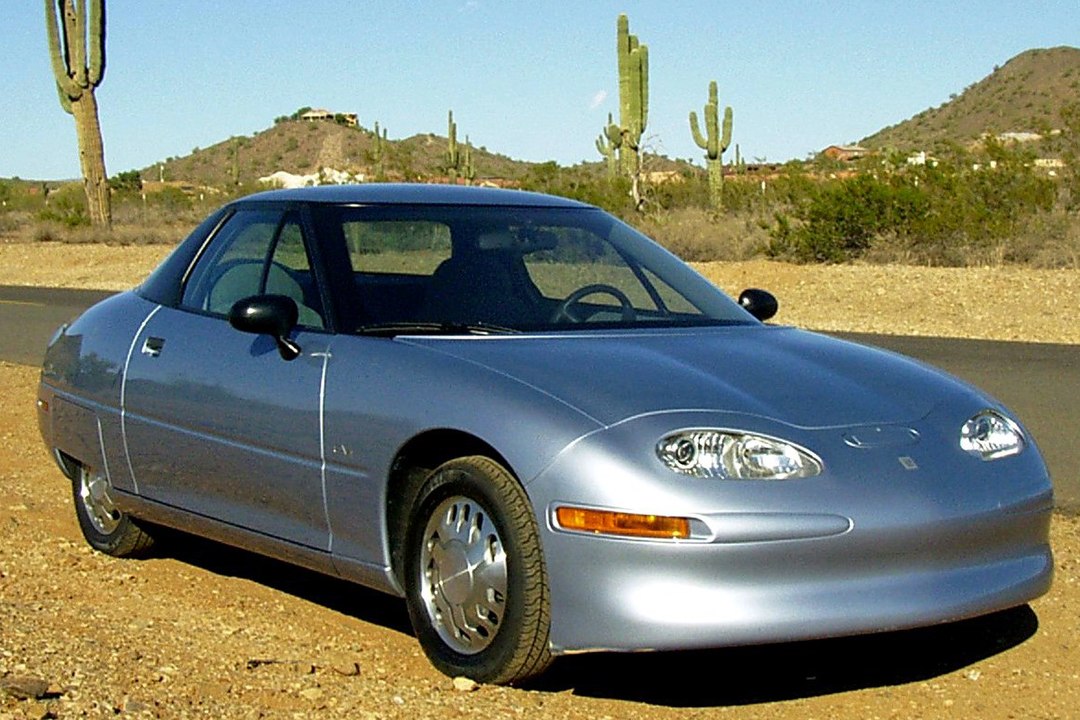What is the Coefficient of Drag? — Auto Trends Magazine
Aerodynamics is a point of great concern to every automaker out there. It is a major component of fuel economy, even if some people and manufacturers still utilize it as a soft form of advertising. Each builder loves showcasing how small their drag coefficient is, but the question is, what even is the coefficient of drag?

Coefficient of Drag or Drag Coefficient
To understand what the coefficient of drag is, we first need to understand what drag is. Air resistance or drag is a resistive force that pushes on any object that moves through a fluid, be it a gas or a liquid. Air resistance is the same as drag. Thus, drag is a force, and the bigger it is, the worse the fuel economy, noise, and top speed are.
Moreover, like any other force in physics, it has the formula to calculate said drag. Without going into the math, the factors that influence drag are speed, the vehicle’s frontal area, the fluid’s density, and the coefficient of drag. However, speed has a much bigger weight than the other factors, especially when said speeds are high.
The Slicker, The Better
A drag coefficient is a number that showcases how easily the object’s shape can move through a fluid. The smaller said number is, the smoother or slicker the object. The coefficient of drag is a multiplier with values as low as 0.001 and as big as two, a number that is introduced in the air resistance formula as a factor.
To give a practical example, imagine you have a car traveling down the highway at 60 mph with a drag coefficient of 0.5. If you were to half the drag coefficient to 0.25, the overall drag or air resistance would be halved, resulting in better fuel economy and a higher top speed. However, you can’t particularly calculate the coefficient of drag on any complex shape. As such, it must be determined experimentally.
Current Values
A drag coefficient of 0.5 is a bit outdated. Currently, a value of 0.3 is considered the norm, while a value of 0.2 is outstanding. Reaching such a low figure is no easy feat, even if the task itself may seem simple at a glance. To reduce the coefficient of drag, the air that passes around the vehicle needs to be disturbed as little as possible. This coefficient increases when the air hits certain areas of the car and changes direction, slows down, or is disturbed, causing it to flow randomly in the process.
A car has plenty of such areas, like the front grille where it enters the engine compartment, the windshield wipers, the side mirrors, and others. Whenever the air hits, for example, the windshield wipers, it would bounce awkwardly. Indeed, a disturbance from the regular airflow would occur, increasing the factor in the process. If engineers notice that air flows awkwardly in some areas of the body, they can attempt to force it to stay straight and true by using fins, grooves, channels, and similar designs.
Aerodynamic Automobiles
Every car nowadays is aerodynamically fine-tuned. As an example, the Honda Civic FK8 Type R has a bunch of small fins on its trunk, to soothe the airflow. Every electric car out there enjoys small coefficients of drag, because they don’t have an engine bay or a grille. Several manufacturers, such as Audi, replaced the side mirrors with cameras, removing a significant contributor. Nowadays, all the cars have their windshield wipers slightly buried under the hood, to allow the air to pass over them with little disturbance.
However, as stated above, the coefficient of drag is just a component of air resistance. The vehicle’s frontal area and ultimately its speed is also incredibly important, especially the latter. When looking at the vehicle’s frontal area, the smaller it is, the smaller the drag. As such, small, short, or narrow vehicles will suffer from significantly less air resistance.
A car like a Mazda MX-5 has half of the frontal area of a RAM 1500. Thus, the air resistance, if they traveled at the same speed and had the same drag coefficient, would be halved. This is also why sports cars, such as the Lamborghini Huracan, are so short.
Drag Increases With Speed
Moreover, speed is incredibly important, because drag grows increasingly faster with speed. A car driving at 30 mph will lose a couple of horsepower due to drag. If we were to drive at 60 mph, we would lose around 20 horsepower due to drag alone.
If we were to increase it even further to 110 mph, we would lose over 60 horsepower to drag. Manufacturers who praise that a small city car has a drag coefficient of 0.25 are doing so solely for marketing purposes because drag isn’t significant in slow-moving traffic.
The Importance of Drag Coefficient
The coefficient of drag is a highly important figure to any car out there, especially for potential buyers. Despite this, several manufacturers won’t disclose said coefficient, while others will artificially lower the number for marketing purposes. Even so, next time you wonder why a car has random fins or an odd bulge somewhere, now you know why.
References
(n.d.). The Drag Coefficient. NASA. https://grc.nasa.gov/www/k-12/airplane/dragco.html
(2021, October 18). The Art of Automotive Drag Coefficient. Drivertical. https://drivertical.com/reviews/the-art-of-automotive-drag-coefficient/
(n.d.). Drag Coefficient. The Engineering Toolbox. https://engineeringtoolbox.com/drag-coefficient-d_627.html
See Also — What is Regenerative Braking?
Photo Attribution
By EV1A014_(1).jpg: RightBrainPhotography (Rick Rowen)derivative work: Mariordo (talk) – EV1A014_(1).jpg, CC BY-SA 2.0, https://commons.wikimedia.org/w/index.php?curid=14727110
